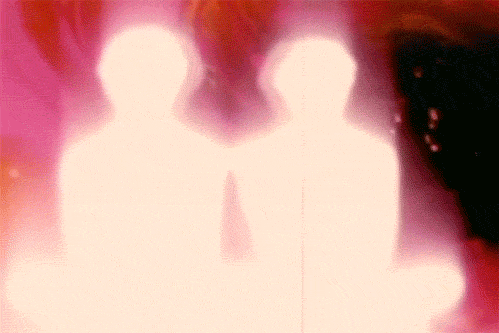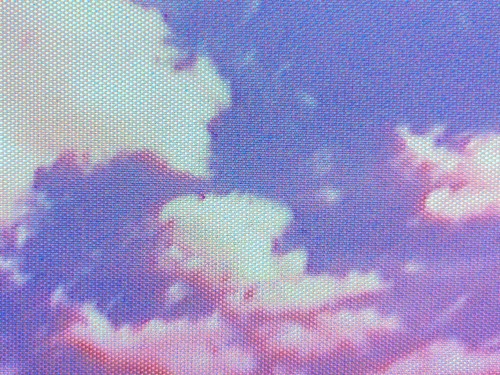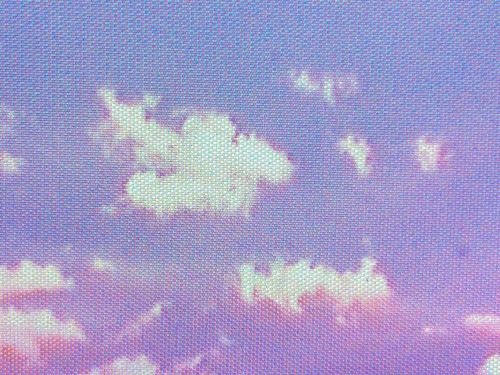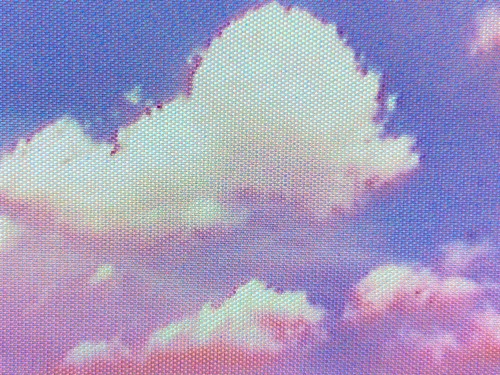Where Clouds Form. Understanding Our World. Book 2. 1947. Internet Archive

Where clouds form. Understanding Our World. Book 2. 1947. Internet Archive
More Posts from Sidusglacies and Others

“Once you truly experience a spiritual bond that transcends physicality, you will always consciously or unconsciously seek bonds that are able to pierce into the deepest layers of your soul, and anything less just feels so frivolous.”~ AV




video stills april 2020









Do Earth-Sized Planets Around Other Stars Have Atmospheres? James Webb Will Find Out!
“Even so, because of its ability to measure light to high sensitivity far into the infrared, there’s a remarkable hope for determining whether these worlds have atmosphere regardless of any other measurements. As planets orbit their star, we see different phases: a full phase when it’s on the far side of the star; a new phase when it’s on the near side, and everything in between. Based on the temperature of the world at night, we’ll receive different amounts of infrared light from the "dark” side that faces away from the Sun. Even without a transit, James Webb should be able to measure this.“
The overwhelming majority of Earth-sized, potentially habitable planets that Kepler found are in orbit around red dwarf stars. In many ways, this is great: red dwarf stars are stable, temperature-wise, for longer than our Sun. Their planets are easier to detect, and they will be the first Earth-sized ones we can measure the atmospheres of directly. But even if we can’t make those measurements with James Webb, we’ll be able to learn whether they have atmospheres or not via a different method: by measuring the infrared radiation coming from the planets themselves in various phases. Just as we can measure the presence of Venus’ atmosphere from the hot, infrared radiation emanating from it even on the night side, we can make those same measurements with James Webb of other Solar Systems. By time the early 2020s roll around, we’ll have our first answers to this longstanding debate.
Many scientists think that Earth-sized planets around M-class stars will have no atmospheres left; others think there’s a chance they survive. Here’s how James Webb will find out!

Planetary Satellites (1977)











space goddess
Fallstreak Holes

Occasionally clouds appear to have a hole in them; these are known as fallstreak holes or hole-punch clouds. (Image credit: J. Stevens/NASA; via NASA Earth Observatory) Read the full article

This user misses space
-Mod Tohru
-
 livinglifewoman reblogged this · 1 week ago
livinglifewoman reblogged this · 1 week ago -
 nokturnaltimes liked this · 1 week ago
nokturnaltimes liked this · 1 week ago -
 vampyrbutch reblogged this · 2 weeks ago
vampyrbutch reblogged this · 2 weeks ago -
 xd34d-3m0-b0yx liked this · 2 weeks ago
xd34d-3m0-b0yx liked this · 2 weeks ago -
 isofile liked this · 2 weeks ago
isofile liked this · 2 weeks ago -
 lovemachinepizzeria reblogged this · 2 weeks ago
lovemachinepizzeria reblogged this · 2 weeks ago -
 ceylonsilvergirl reblogged this · 2 weeks ago
ceylonsilvergirl reblogged this · 2 weeks ago -
 ceylonsilvergirl liked this · 2 weeks ago
ceylonsilvergirl liked this · 2 weeks ago -
 mechahedo liked this · 2 weeks ago
mechahedo liked this · 2 weeks ago -
 siberiantrap liked this · 2 weeks ago
siberiantrap liked this · 2 weeks ago -
 jacobwren liked this · 2 weeks ago
jacobwren liked this · 2 weeks ago -
 river-gale reblogged this · 2 weeks ago
river-gale reblogged this · 2 weeks ago -
 river-gale liked this · 2 weeks ago
river-gale liked this · 2 weeks ago -
 somethingscosmic1251 reblogged this · 2 weeks ago
somethingscosmic1251 reblogged this · 2 weeks ago -
 misanthropicgardener reblogged this · 2 weeks ago
misanthropicgardener reblogged this · 2 weeks ago -
 bluejay-07 reblogged this · 2 weeks ago
bluejay-07 reblogged this · 2 weeks ago -
 bluejay-07 liked this · 2 weeks ago
bluejay-07 liked this · 2 weeks ago -
 honeycomb-butch reblogged this · 2 weeks ago
honeycomb-butch reblogged this · 2 weeks ago -
 cherrydarjeeling reblogged this · 2 weeks ago
cherrydarjeeling reblogged this · 2 weeks ago -
 princesslissey liked this · 2 weeks ago
princesslissey liked this · 2 weeks ago -
 pyramids97 reblogged this · 2 weeks ago
pyramids97 reblogged this · 2 weeks ago -
 5kash reblogged this · 2 weeks ago
5kash reblogged this · 2 weeks ago -
 5kash liked this · 2 weeks ago
5kash liked this · 2 weeks ago -
 unrealthings liked this · 3 weeks ago
unrealthings liked this · 3 weeks ago -
 softnadjah reblogged this · 3 weeks ago
softnadjah reblogged this · 3 weeks ago -
 moondrop-dreams reblogged this · 3 weeks ago
moondrop-dreams reblogged this · 3 weeks ago -
 personalblogforaesthetics liked this · 4 weeks ago
personalblogforaesthetics liked this · 4 weeks ago -
 dubpersonal liked this · 1 month ago
dubpersonal liked this · 1 month ago -
 valtavista liked this · 1 month ago
valtavista liked this · 1 month ago -
 softnadjah liked this · 1 month ago
softnadjah liked this · 1 month ago -
 uncut-uncutgemsfan reblogged this · 1 month ago
uncut-uncutgemsfan reblogged this · 1 month ago -
 isla-bonita reblogged this · 1 month ago
isla-bonita reblogged this · 1 month ago -
 simp-osium reblogged this · 1 month ago
simp-osium reblogged this · 1 month ago -
 sadassken liked this · 1 month ago
sadassken liked this · 1 month ago -
 vanillachurro liked this · 1 month ago
vanillachurro liked this · 1 month ago -
 driftwo-od reblogged this · 1 month ago
driftwo-od reblogged this · 1 month ago -
 i-rite liked this · 1 month ago
i-rite liked this · 1 month ago -
 slumsaintt reblogged this · 1 month ago
slumsaintt reblogged this · 1 month ago -
 musicandvintagestuff reblogged this · 1 month ago
musicandvintagestuff reblogged this · 1 month ago -
 indierockhater reblogged this · 1 month ago
indierockhater reblogged this · 1 month ago -
 gh0ulfiend liked this · 1 month ago
gh0ulfiend liked this · 1 month ago -
 personaltenshi reblogged this · 1 month ago
personaltenshi reblogged this · 1 month ago -
 wverewolf reblogged this · 1 month ago
wverewolf reblogged this · 1 month ago -
 iseeweirdthings reblogged this · 1 month ago
iseeweirdthings reblogged this · 1 month ago -
 iseeweirdthings liked this · 1 month ago
iseeweirdthings liked this · 1 month ago -
 dicksize reblogged this · 1 month ago
dicksize reblogged this · 1 month ago -
 ldf20 liked this · 1 month ago
ldf20 liked this · 1 month ago -
 iamthatswimmerguy reblogged this · 1 month ago
iamthatswimmerguy reblogged this · 1 month ago -
 verarendes reblogged this · 1 month ago
verarendes reblogged this · 1 month ago
